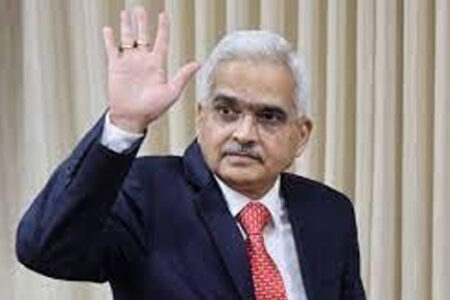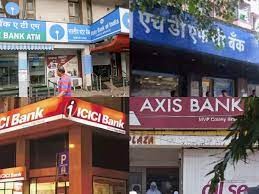One could not have expected a better script from the Reserve Bank of India (RBI).
Its rate-setting body, the Monetary Policy Committee (MPC), has yet again hiked the policy rate by 25 basis points – the lowest since the rate-hiking cycle started in May 2022. (One basis point is a hundredth of a percentage point.) This takes the policy rate to 6.5 per cent, last seen in February 2019. Incidentally, at that time, Consumer Price Index (CPI) inflation was 2.57 per cent.
There is no change in the policy stance, which remains focused on the withdrawal of accommodation.
Predictably, both the decisions are not unanimous (two out of six MPC members have voted against them), but the actions are par for the course.
Is this the last hike in the current cycle? Will the RBI press the pause button in its April policy, the first of fiscal 2024?
The policy statement has not offered any forward guidance. In the post-policy press conference, RBI Governor Shaktikanta Das declined to answer this question; he simply said, there is a “mood of optimism”. That’s an open-ended statement.
It’s difficult to make a prediction at this point. With inflation expected to average 5.6 per cent in the last quarter of the current fiscal, the policy rate is 6.50 per cent. Adjusted for inflation, the policy rate still trails its pre-pandemic levels.
Still, one cannot completely rule out the possibility that the pause button would be pressed at the next MPC meet.
Future actions, both for the policy rate and the stance, will depend on evolving data. “Monetary policy will continue to be agile and alert to the moving parts in the inflation trajectory to effectively address the challenges to the economy,” Das has said, reiterating the RBI’s commitment to bring inflation down while supporting growth.
Indeed, inflation remains enemy No 1, and the RBI’s mission is to see a “decisive moderation in inflation”.
It’s heartening to see that the RBI is not in the mood to celebrate the fact that inflation has come down to below 6 per cent and India has the lowest inflation among major economies. It has not shifted the goal post and is sticking to the target of 4 per cent. (The flexible inflation targeting regime, which started in June 2016, mandates containing inflation at 4 per cent plus/minus 2 per cent.)
After breaching the upper end of the target for 10 months in a row (the highest was 7.79 per cent in April 2022), CPI inflation dropped to 5.88 per cent in November and 5.77 per cent in December.
Inflation is projected at 6.5 per cent in FY23, assuming an average price of $95 per barrel for the Indian crude oil basket.
For FY24, the projection is 5.3 per cent on the assumption of a normal monsoon. Quarter-wise, the inflation projections are 5 per cent for the first quarter, 5.4 per cent each for the second and third, and 5.6 per cent for the last quarter. The spike in the last quarter is on account of the base effect.
“The inflation outlook is clouded by continuing uncertainties from geopolitical tensions, global financial market volatility, rising non-oil commodity prices and volatile crude oil prices,” the RBI statement says.
More than headline inflation, the RBI’s headache is the core inflation, or non-food, non-oil inflation, which signals demand pressure. This has remained sticky for too long.
On the growth front, the RBI remains bullish. It sees resilient economic activities even as investments continue to gain traction. Till January-end, year-on-year, non-food bank credit has expanded by 16.7 per cent. In absolute terms, the flow of credit is Rs 20.8 trillion so far in the current fiscal year against Rs 12.5 trillion last year.
While sticking to 7 per cent real GDP growth in FY23, the RBI has projected 6.4 per cent growth in FY24 – 7.8 per cent in the first quarter, 6.2 per cent in the second, 6 per cent in the third and 5.8 per cent in the fourth quarter.
Both inflation and growth projections for the next fiscal year are higher than what most analysts are expecting. On the inflation front, the RBI seems to be more conservative and on the growth front, more bullish.
We will wait and watch how things unfold. Both the figures are consistent as higher growth will push inflation up.
The policy has also not given any forward guidance on liquidity. At the moment, there is surplus liquidity in the system, although it’s less than what it was in April 2022. Higher government expenditure and foreign exchange flow are likely to pump up the systemic liquidity, but the redemption of the long-term repo operation (LTRO) of Rs 1,530 crore and targeted long term repo operations (TLTRO-7) of Rs 73,118 crore between February and April 2023 will neutralise that to some extent.
The RBI has not hinted at any bond buying through open market operations, but has assured the market that it would be flexible in its approach. The next fiscal year will witness the government’s highest-ever – Rs 15.4 trillion – gross borrowing programme.
While the market had priced in the policy action, the statement is more hawkish than expected. Still, the reaction from the bond market is rather mute.



